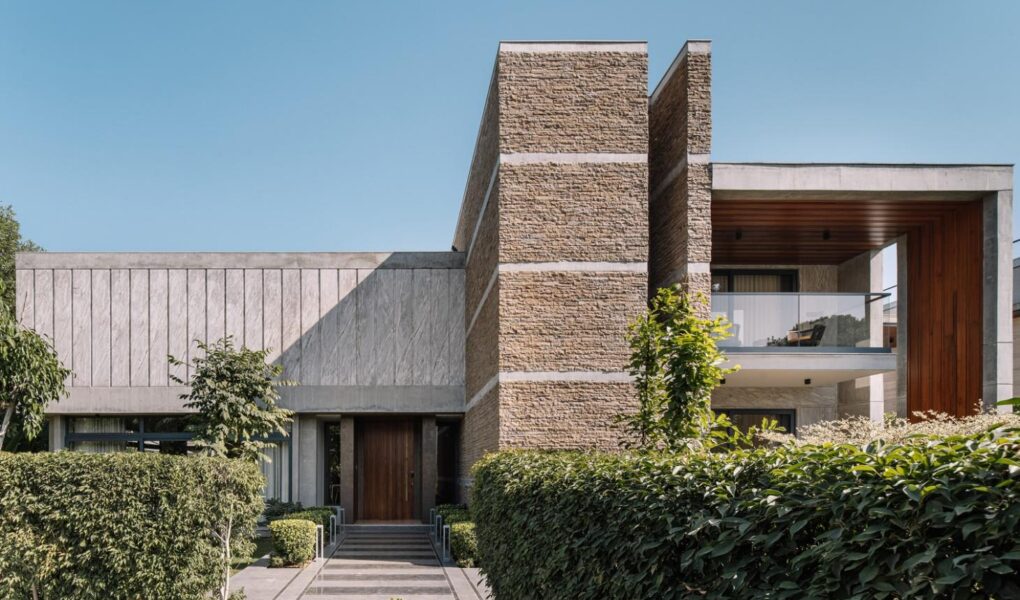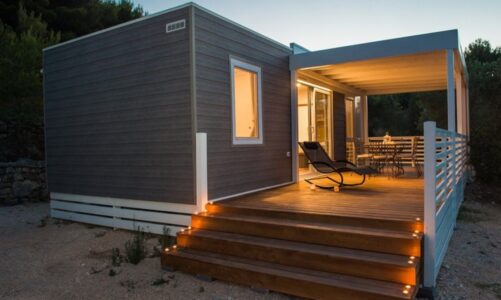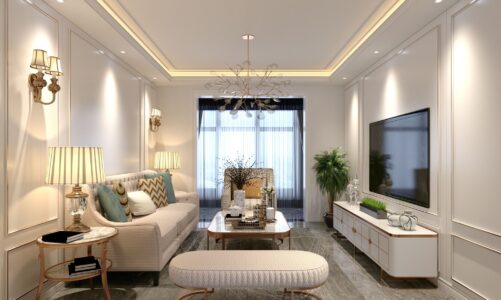The facade of a building serves as its face, making the first impression on visitors and passersby. In today’s architectural world, facade construction and decoration have become integral elements in enhancing the overall design of a structure. The combination of innovative materials, modern techniques, and artistic vision allows architects to transform spaces into captivating works of art. In this article, we will explore the latest trends in facade decoration and construction, focusing on materials that are best suited for creating stunning facades that leave a lasting impact.
The Art of Facade Decoration
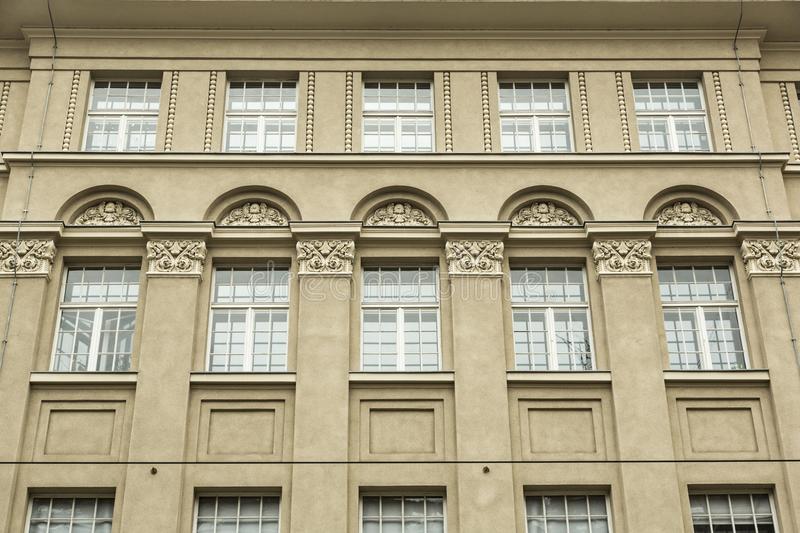
Facade decoration has evolved significantly over the years, from simple embellishments to intricate designs that merge functionality with aesthetics. Contemporary architects are increasingly embracing the concept of harmonizing a building’s exterior with its surroundings while reflecting the purpose and personality of the structure. One notable trend in facade decoration is the integration of nature-inspired elements, blurring the line between indoor and outdoor spaces.
Nature-inspired Facades
In recent years, architects have turned to nature for inspiration when designing facades. The goal is to create a seamless connection between the built environment and the natural world. Incorporating living walls, vertical gardens, and cascading greenery has become a popular trend, not only for their visual appeal but also for their environmental benefits. These natural facades not only provide a visually pleasing aesthetic but also improve air quality, reduce noise pollution, and promote biodiversity.
Sustainable Materials for Facade Construction
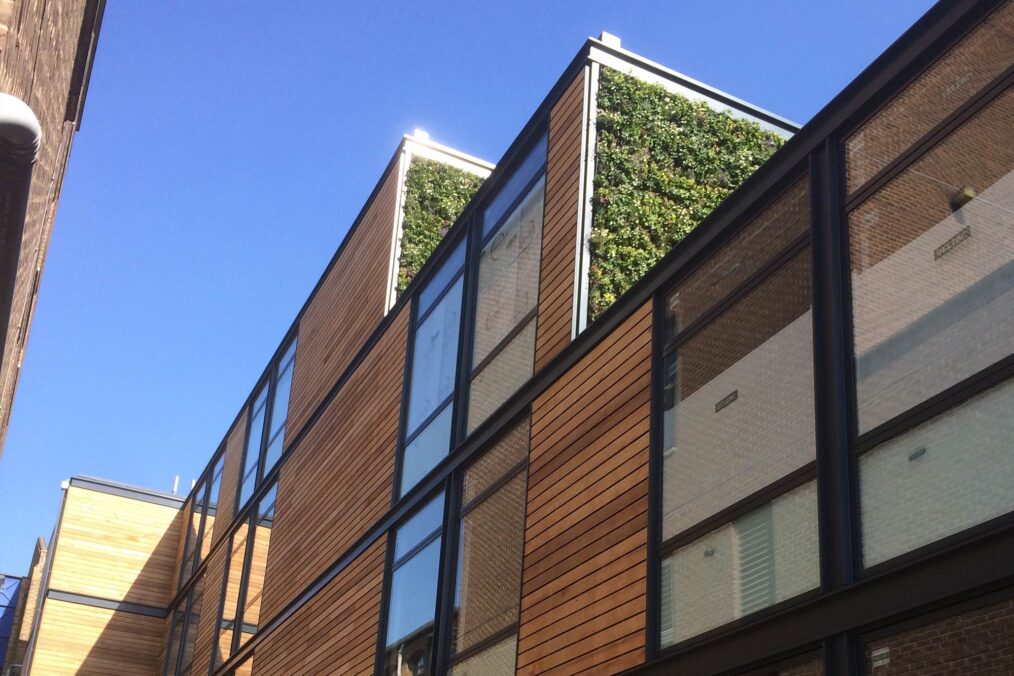
In the quest for eco-friendly architecture, the choice of materials for facade construction plays a crucial role. Architects are increasingly opting for sustainable and energy-efficient options that minimize the environmental impact of buildings. One such material gaining popularity is reclaimed wood, which adds warmth and character to facades while reducing deforestation. Additionally, recycled glass panels and solar panels are being integrated into facades, allowing buildings to generate renewable energy and reduce their carbon footprint.
Metal Facades: Sleek and Versatile
Metal facades have been a staple in contemporary architecture, offering a sleek and versatile solution for creating visually striking exteriors. Aluminum, steel, and zinc are among the most commonly used metals due to their durability, lightweight nature, and ability to be shaped into various forms. Metal facades can be perforated, embossed, or etched to create intricate patterns and textures, allowing architects to experiment with unique designs and play with light and shadow.
The Rise of Smart Facades
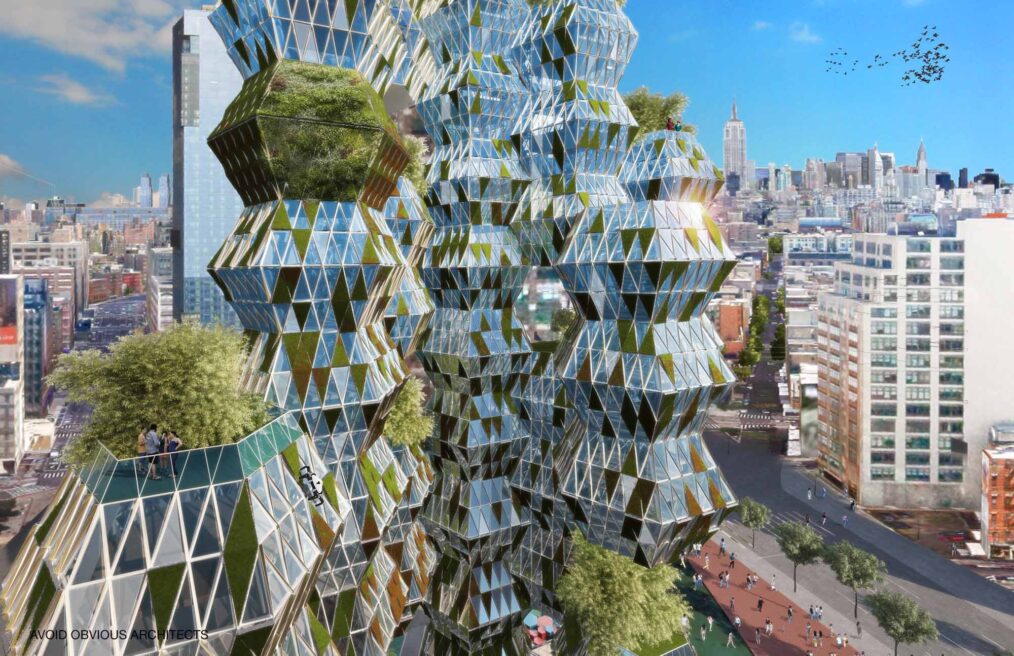
With the advancement of technology, smart facades have emerged as a cutting-edge trend in architectural design. These intelligent facades are equipped with sensors, actuators, and automation systems that dynamically respond to environmental conditions. By adjusting transparency, shading, and ventilation, smart facades optimize energy efficiency, enhance occupant comfort, and reduce reliance on artificial lighting and climate control systems. This integration of technology with architecture allows buildings to adapt and evolve according to their surroundings.
The Bristone Home and Gardens Approach
One notable name that has revolutionized facade construction and decoration is Bristone Home and Gardens. With their innovative techniques and commitment to sustainability, Bristone has become a leader in the field. Their approach combines the use of natural materials, such as stone and wood, with state-of-the-art technology to create facades that are both visually captivating and environmentally conscious. Bristone’s designs seamlessly blend nature-inspired elements with modern aesthetics, transforming spaces into architectural masterpieces.
Conclusion
Facade construction and decoration have evolved into an art form that enhances the overall architectural design of buildings. The incorporation of nature-inspired elements, sustainable materials, and smart technologies has revolutionized the way facades are conceived and executed. Architects and designers continue to push boundaries, creating facades that not only captivate the eye but also contribute
to a sustainable future. As we witness the transformation of spaces through facade construction and decoration, it is clear that the face of architecture is ever-evolving, and the possibilities are endless.

